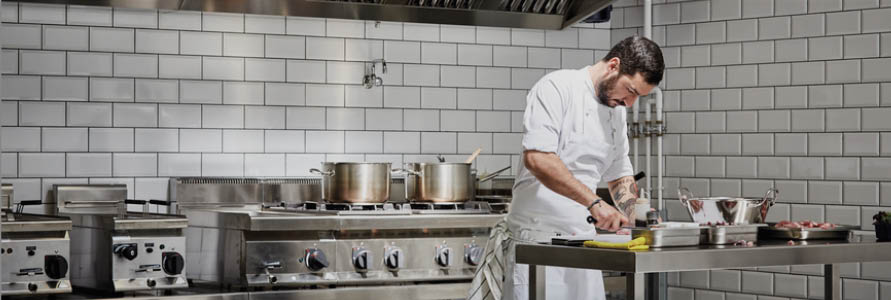It is a common misconception that most of the food waste in the hospitality sector comes from the customer’s plate. In an analysis of more than 450 kitchens using Winnow, we have found that pre-consumer food waste makes up 70% of kitchen waste. By focusing on overproduction, hospitality businesses can cut waste, costs, and their impact on the environment.
We have only just begun to understand the sheer scale of food waste across the global food system. More than $1trn worth of food gets wasted globally, with an estimated $100bn wasted within the hospitality sector alone.
Pre-consumer food waste is an age-old challenge for the kitchen. It is impossible to prepare food without wasting some, and it has always been notoriously difficult to measure in busy kitchens.
It is also only recently that we have been able to understand where food waste happens in the production process in our kitchens. Traditional tracking methods involving waste sheets or weighing buckets fail to give the necessary detail.
This is traditionally seen as the sole responsibility of the kitchen. Research commissioned by Winnow in partnership with The Caterer found that 72% of those interviewed felt it was the job of the head chef and his or her team to minimise food waste.
Lacking the right tools to efficiently measure waste, however, it is no wonder that around 5%-15% of all food purchased ends up in the bin (source: Winnow). With the introduction of digital tools like Winnow, chefs are now able to automate many of the administrative tasks required to measure waste. This gives teams better visibility while also freeing up time for chefs to get back in the kitchen.
This new technology allows teams to identify specific stages where wastage occurs.
Analysing data from more than 450 kitchens using Winnow, we are able to shed light on where food waste happens and on what strategies chefs should adopt to make reductions.
Key highlights from the analysis include:
- More than 70% of food waste occurs pre-consumer.
- Overproduction accounts for ~80% of the cost of this waste.
- Using this playbook, kitchens can expect to cut overproduction by 40% or more.
Working with thousands of chefs from all over the world, Winnow’s latest report also shares strategies to cut food waste at key stages such as:
- Labelling techniques to minimise spoilage.
- Developing standard recipe banks for your teams to reduce cooking errors.
- Preparing food in smaller batches over service to reduce overproduction.
As the saying goes, ‘what gets measured gets managed’. The first step for any kitchen to capitalise on the opportunity food waste presents is to gather accurate data. Our vision for the kitchen of the future is one where waste management is automated, giving chefs more the information to make better decisions while also saving time.
What has your experience been? If you would like to learn more about how some of the world’s leading hospitality brands are cutting costs whilst doing the right thing for the environment we’d love to hear from you.
Photo credit: Auto Image via Stocksy









Comment on my blog